At this time of the year, aphids can be a serious problem in the garden. But salvation can arrive in the form of ladybugs. Ladybugs are actually beetles, not bugs. And while they are sometimes called ladybirds or ladybeetles, of course they are not all female. They belong to the class Insecta and are members of the Coccinellidae family of beetles (Coccinellidae means “small red sphere” in Latin).
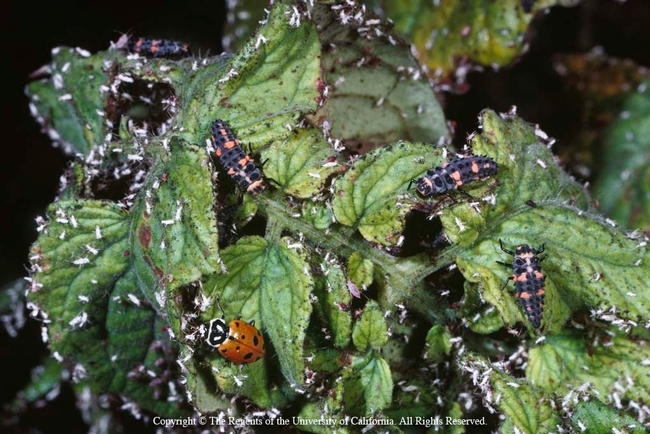
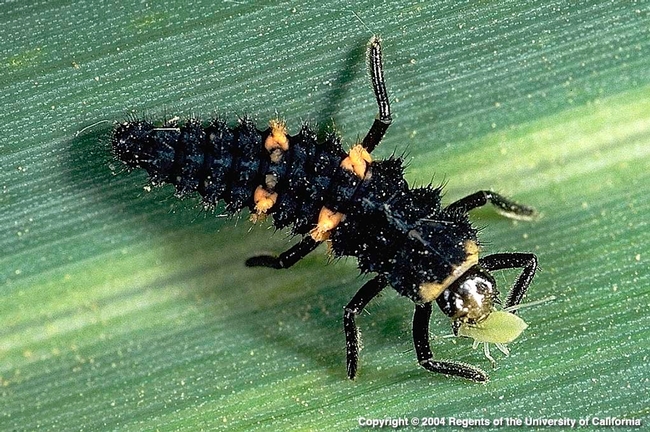
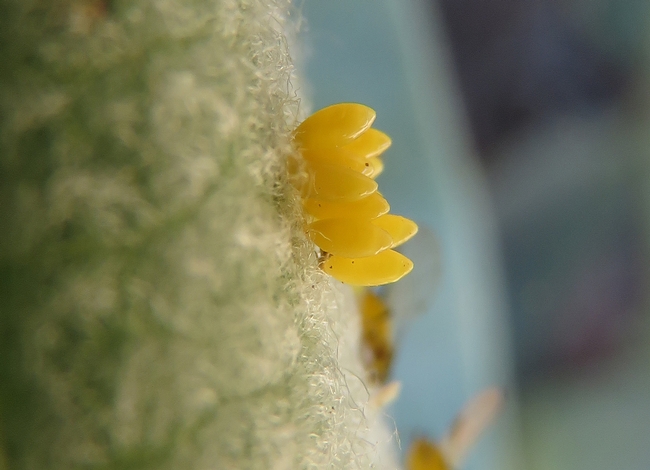
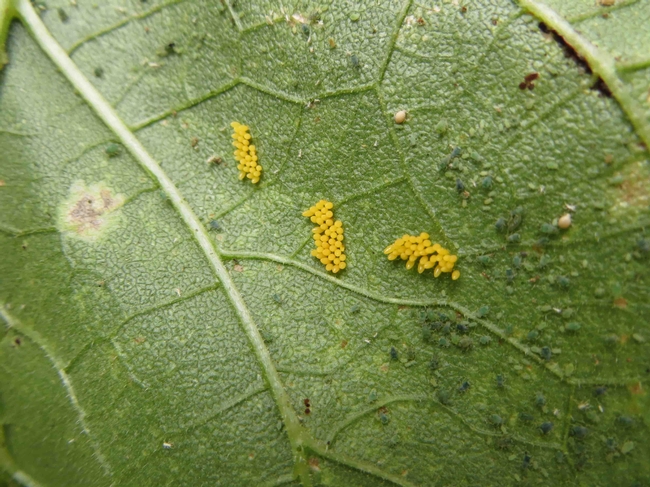
Ladybugs hibernate in the winter months and will not fly when temperatures fall below 550F. They feed on pollen and nectar and live on stored fat through the winter. Ladybugs are not preyed upon by birds or other vertebrates because they exude a very distasteful fluid from joints in their legs; their distinctive colors are a reminder to would-be predators they taste “bad.” When threatened, ladybugs will play dead.
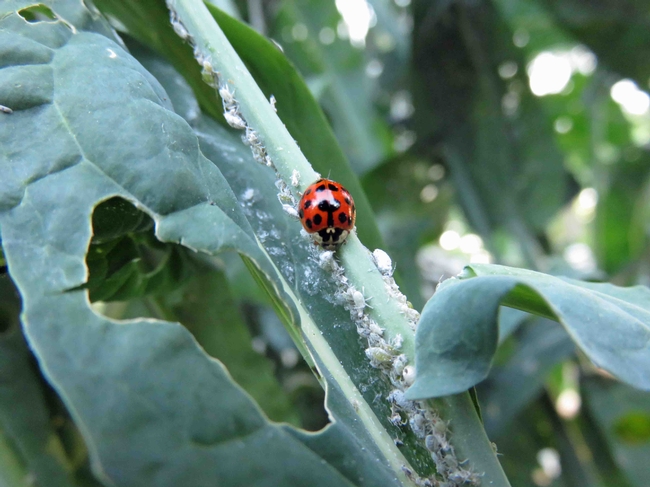
How can you attract ladybugs to your garden? Wait for spring and check that you have a ready supply of aphids available. If there is no food, ladybugs will not come. For successful handling and release of ladybugs purchased at retail stores, keep them refrigerated until time for release. They may be dehydrated when purchased, so mist them with water from a squirt bottle before putting them in the refrigerator. Do not release them into your garden during the daytime or they will fly away immediately. Instead, release them at dusk or early morning. Before releasing, spray a fine mist of water on plants that have aphids on them and place the ladybugs at the base of the plants. Do not release ladybugs on plants that have been sprayed with insecticides as the chemical residues may kill them. Be prepared for ladybugs to fly away in a few days as they typically don't lay eggs on the plants they have been released on.
When you see ladybugs, remember that they are considered lucky in many cultures, for various reasons. Enjoy them in your garden until they fly away, fly away home.
The Master Gardeners Spring 2021 Workshop Series has begun. Topics include: Native Gardens, Invasive Plants, Honeybees, and a 4-part series on Firewise Landscaping. Visit our website to read about these upcoming free workshops and to register for them.
UC Master Gardeners of Butte County are part of the University of California Cooperative Extension (UCCE) system. To learn more about us and our upcoming events, and for help with gardening in our area, visit our website. If you have a gardening question or problem, email the Hotline at mgbutte@ucanr.edu (preferred) or call (530) 538-7201.